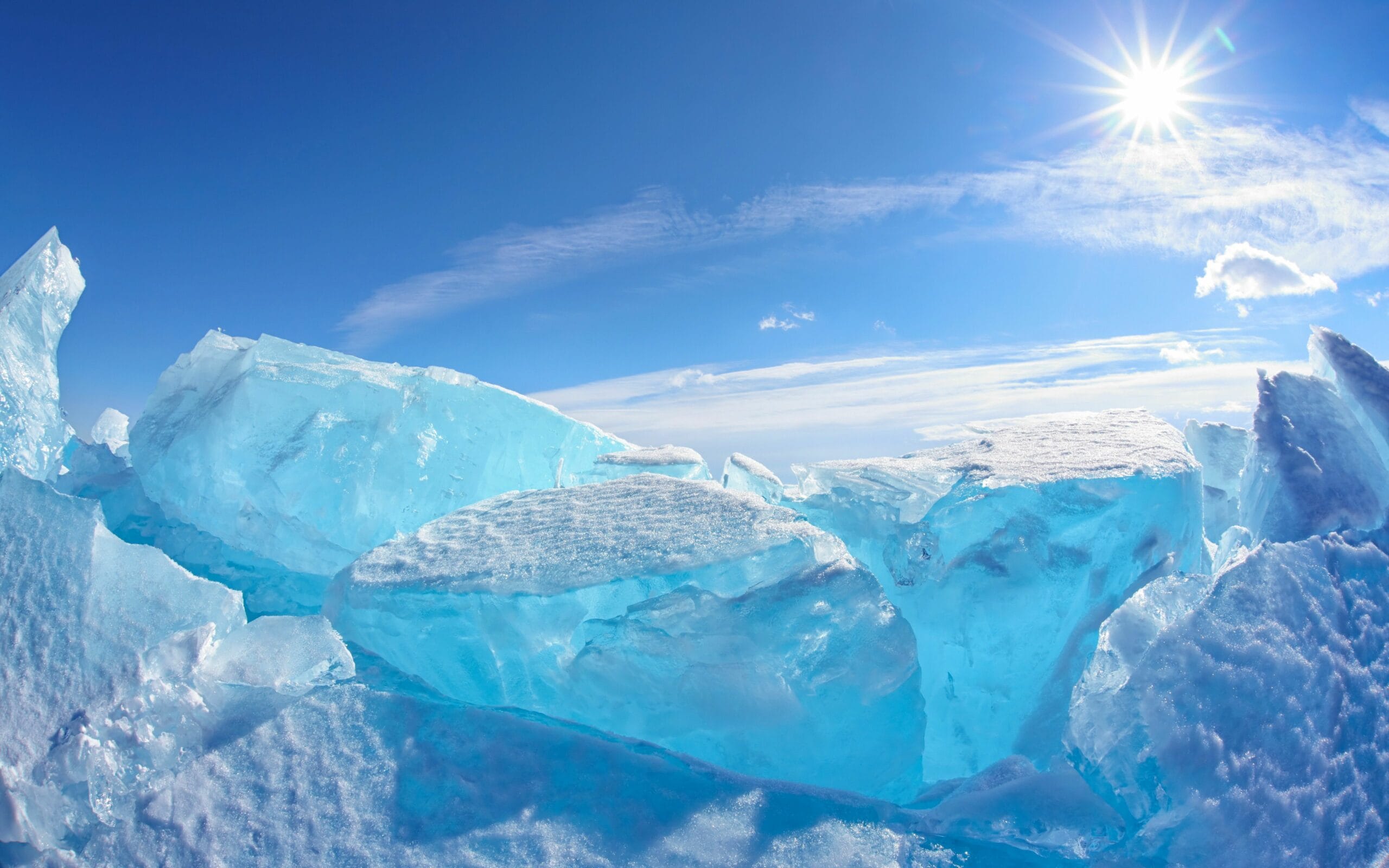The Kara Sea, a key feature of Siberia’s northern coastline, recently took the spotlight as a New York Times crossword puzzle clue, sparking curiosity about this Arctic region. Beyond its crossword fame, the Kara Sea holds significant geographical and ecological importance, serving as a crucial gateway to the Arctic Ocean. This seemingly simple crossword clue opens a window into the complex world of Arctic geography, prompting exploration of the Kara Sea’s environmental significance and its role in a changing climate.
Decoding the Clue: Siberia’s Northern Sea
Multiple sources confirm “Kara Sea” as the solution to the “body of water north of Siberia” NYT crossword clue, appearing around July 9-10, 2024. This clue has likely led many to discover this remote yet vital part of the world. Imagine Siberia, that vast, frozen expanse across northern Russia. Now, picture the icy waters extending north – that’s the Kara Sea. Part of the Arctic Ocean, it neighbors the Barents Sea to the west and the Laptev Sea to the east. Two mighty Siberian rivers, the Ob and the Yenisey, pour their fresh water into this frigid basin, influencing its unique characteristics.
A Frozen Realm: Geography and Ecology of the Kara Sea
So, what lies north of Siberia, that vast, frozen landmass? It’s the Kara Sea, a section of the Arctic Ocean nestled against Siberia’s northern edge, bordered by Novaya Zemlya and the Kara Strait to the west and Severnaya Zemlya to the east. These archipelagos act like icy bookends for this unique body of water. Several mighty rivers, including the Ob, Yenisei, and Pyasina, flow into the Kara Sea, carrying freshwater and sediments from the Siberian interior. This influx of fresh water plays a crucial role in the sea’s ecosystem, influencing everything from salinity levels to ice formation.
The Kara Sea spends much of the year shrouded in thick ice. But, when the sun strengthens during the brief summer months, some ice melts, opening navigation routes. This temporary thaw allows ships to venture through, connecting regions and facilitating trade. However, climate change impacts ice coverage, making the future of shipping in this region uncertain. Some scientists believe these changes could significantly alter trade routes and marine life.
Beneath the surface thrives a surprising amount of life. The Kara Sea provides a home to creatures adapted to extreme conditions. You might spot a polar bear patrolling the ice floes, walruses hauling themselves onto the shore, or seals diving deep in search of prey. Research suggests the health of these populations is closely linked to the sea ice and its seasonal fluctuations. There is still much we don’t know about the complexities of the Kara Sea. Scientists continue studying the effects of climate change, including rising water temperatures, shifting ice patterns, and the potential impact on its unique ecosystem. Some research even suggests that changes in the Kara Sea could have broader implications for global climate patterns.
Kara Sea Facts
| Feature | Description |
|---|---|
| Location | North of Siberia, part of the Arctic Ocean, between the Barents and Laptev Seas |
| Borders | West: Kara Strait and Novaya Zemlya; East: Severnaya Zemlya |
| Rivers | Ob, Yenisei, Pyasina (among others) |
| Ice Cover | Mostly ice-covered throughout the year, navigable during summer months, though subject to change due to climate change. |
| Marine Life | Polar bears, walruses, seals, and various fish species; current populations may be impacted by a changing environment. |
The Kara Strait: Gateway to a Changing Arctic
Imagine standing on Siberia’s northern coast, looking north across the vast expanse of icy water. You’re seeing the Kara Sea, nestled between Novaya Zemlya to the west and Severnaya Zemlya to the east. Locked in ice for much of the year, the Kara Sea awakens during summer when melting ice allows ships to navigate its waters. This brief window reveals a world teeming with life – polar bears hunting on ice floes, walruses basking in the sun, and seals playing in the water.
The Kara Sea is more than icy waters and wildlife. It acts as a major drainage basin for some of Siberia’s mightiest rivers – the Ob, Yenisei, and Pyasina – carrying fresh water and nutrients into the Kara Sea. This influx influences the sea’s salinity and supports a complex web of marine life.
The Kara Strait, west of Novaya Zemlya, connects the Kara Sea to the Barents Sea, facilitating the exchange of water and marine organisms and enriching the region’s biodiversity. While generally shallow, the Kara Sea has deeper areas, particularly along the Novaya Zemlya trough, where unique deep-sea ecosystems probably thrive. Scientists are still uncovering the secrets of these deeper regions.
There’s even debate about how certain geological features in and around the Kara Sea were formed. Some theories suggest glacial activity played a significant role in shaping the seabed and coastline, while others explore the influence of tectonic plate movements. This ongoing research highlights the dynamic nature of our planet.
The future of the Kara Sea, like much of the Arctic, remains uncertain due to climate change. Warming temperatures are likely to impact ice cover, potentially leading to longer periods of open water and shifts in the delicate ecosystem. Scientists are actively monitoring these changes.
Find out more about Anoka, Minnesota’s Halloween celebration by clicking here: anoka minnesota halloween
- Unlock Elemental 2 Secrets: Actionable Insights Now - April 2, 2025
- Lot’s Wife’s Name: Unveiling the Mystery of Sodom’s Fall - April 2, 2025
- Photocell Sensors: A Complete Guide for Selection and Implementation - April 2, 2025

















1 thought on “Solving the NYT Crossword: The Kara Sea and Other Waters North of Siberia”
Comments are closed.